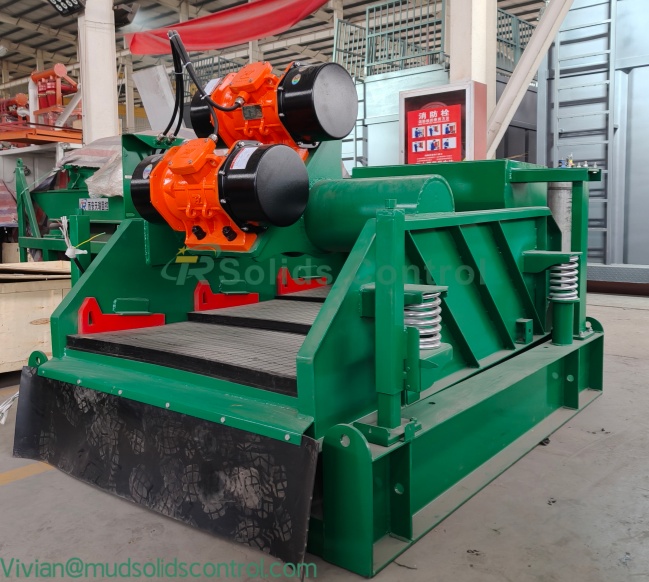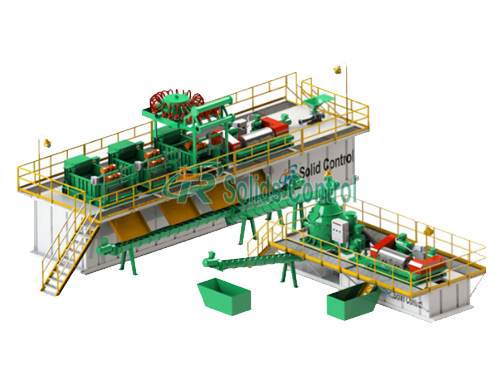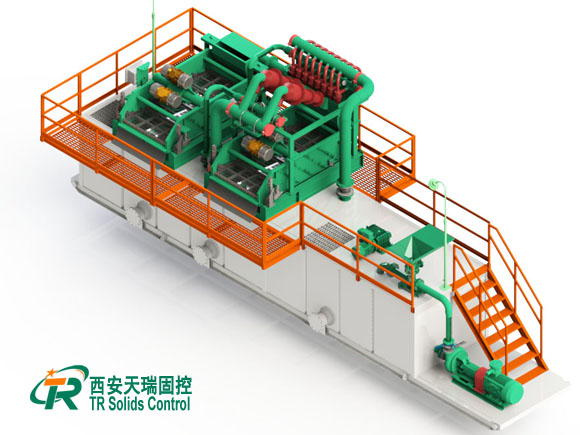How to Choose the Right Drilling Shale Shaker for Your Solids Control System
Selecting the right drilling shale shaker (critical first-stage solids control device) is key to improving mud quality, cutting costs, and ensuring stable drilling. This guide outlines core selection criteria for drilling contractors/engineers to match mud volume, drilling depth, and working conditions.
1.Determine Required Processing Capacity
The processing capacity should match the actual mud return rate of the drilling operation. Consider: Well depth; Drilling pump flow rate; Mud density & viscosity; Expected drilling cuttings volume.
A shale shaker with insufficient capacity will overload easily, causing fluid loss and poor separation.
2. Choose an Appropriate Vibration Mode
Common vibration types include:
● Linear Motion Shale Shaker: Strong vibration; Fast conveying speed; Suitable for high-volume or weighted mud.
● Balanced Elliptical Motion: Smooth movement; Better performance with fine mesh screens; Suitable for stable drilling conditions.
Matching the vibration mode to mud properties helps achieve efficient separation.
3. Evaluate the Screen Type and API Rating
- Screen frame type: composite frame, steel frame
- Mesh size: API 20–API 325
- Screen layer structure: single, dual, or multi-layer
- Durability and resistance to abrasion
Composite screens generally offer longer service life and better separation performance.
4. Check G-Force and Adjustable Settings
The G-force of the shaker affects its ability to handle high-density and high-viscosity fluids. Higher G-force advantages:
- Faster solids removal
- Better screen cleaning
- Suitable for challenging drilling conditions
Adjustable deck angle and G-force allow operators to fine-tune performance for different mud types.
5. Consider Equipment Structure and Maintenance Needs
A good shale shaker should offer:
- Easy screen replacement
- Stable vibration system
- Durable deck construction
- Reliable electrical control components
- Shock-absorbing spring or rubber supports
Lower maintenance requirements reduce downtime and operational costs.
6. Ensure Compatibility with the Solids Control System
Before final selection, confirm that the shaker matches the system layout: Mud tank dimensions; Flow line height; Hydrocyclone feed arrangement; Space for installation and maintenance. Proper integration ensures smooth mud circulation.
Understanding how to choose a drilling shale shaker helps drilling teams improve solids control performance, reduce mud cost, and maintain safe operations. By considering capacity, vibration mode, screen selection, G-force, and equipment structure, users can select a shaker that fits their drilling conditions effectively.








Leave a Reply